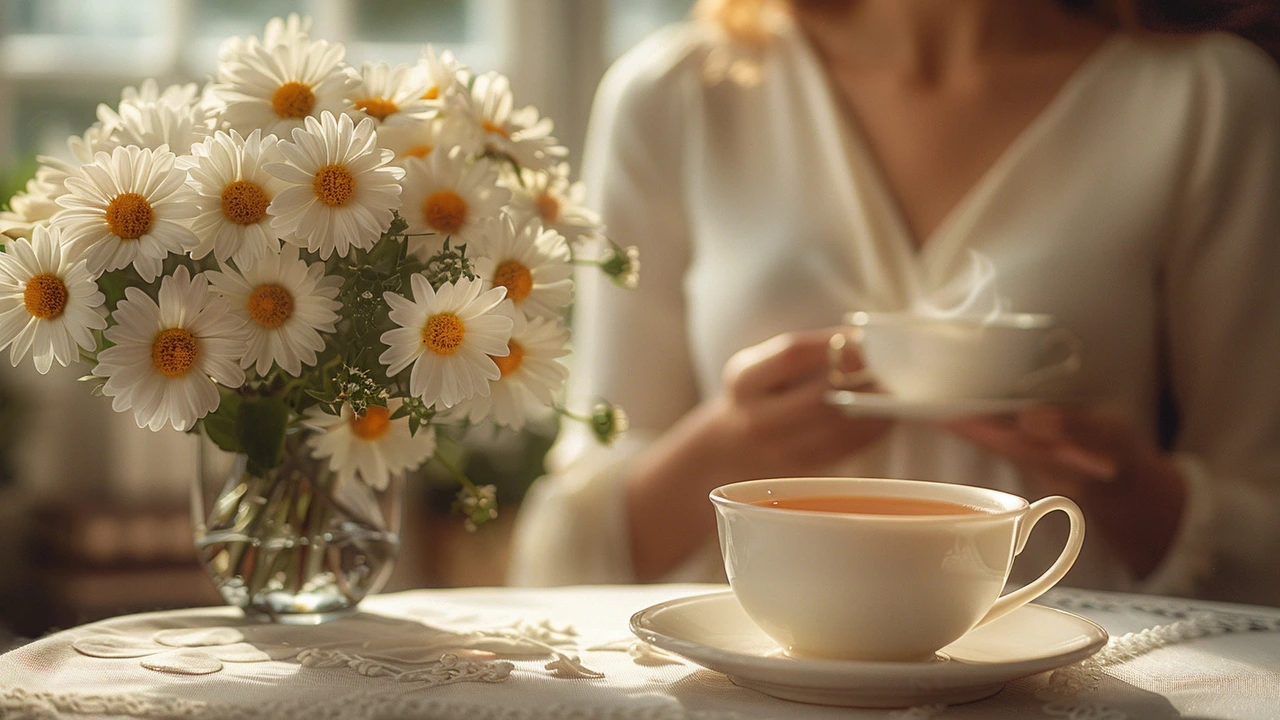This article delves into the world of minimalism, exploring the benefits and challenges of living simply. Readers will discover practical tips to declutter their homes and minds, promoting sustainable and meaningful living. The article serves as a guide for those seeking to embrace minimalism and find joy in less.
Declutter: Clear Spaces, Better Design
Clutter hides good architecture and makes rooms feel smaller and noisy. Want spaces that breathe, show off light, and actually work for your life? Start by editing what’s visible and then change small design habits that stop the mess from coming back. This page gives quick actions and design moves you can use today.
Easy declutter actions you can do now
Pick one zone and set a 15‑minute timer. Use three boxes: keep, toss, relocate. Focus on clearing horizontal surfaces first—tables, counters, and window sills. When a surface is mostly empty, light and sightlines work for the room instead of against it. For papers, make two piles: urgent and archive. For cords, label each cable and hide them in a tray or sleeve behind furniture. Donate anything you haven’t used in a year and toss what’s broken. Small edits add up fast; one cleared shelf changes how you see the whole room.
Try the one‑touch rule: put things away the first time you handle them. Create a small drop zone near the entry with hooks, a bench, and a basket so keys, bags, and shoes stop scattering. Use a tray on the coffee table to corral remotes and small items—it instantly looks tidier and makes daily cleanups simple.
Design moves and habits that keep clutter away
Pick storage that matches how you live. Open shelves work for curated items; drawers and doors hide everyday mess. Built‑in benches, under‑stair cabinets, and shallow wall hung cabinets use awkward spaces and keep floors clear. Think vertical: tall cabinets and pegboards free up floor area and make storage feel intentional. Scale furniture so walkways stay open—aim for a clear path of roughly 30 inches where people walk most.
Materials matter. Matte finishes, woven baskets, and drawers with dividers disguise daily wear better than shiny surfaces piled with items. Label shelves and boxes so everyone in the home knows where things belong. For sentimental stuff, limit yourself to one box per person and photograph other items to keep the memory without the clutter.
Make decluttering a simple habit: five‑minute daily resets, a monthly closet edit, and the one‑in, one‑out rule for new purchases. Don’t forget digital clutter—clean old files and photos on a schedule so devices don’t become a hidden source of stress.
Decluttering won’t make your home empty. It reveals what matters: light, proportion, and the architecture you chose. Start with one zone, adopt small habits, and make storage decisions that fit your routine. You’ll notice rooms feel larger, tools are easier to find, and the design you love finally gets seen.

